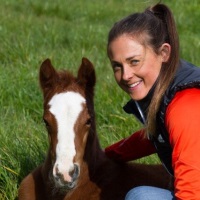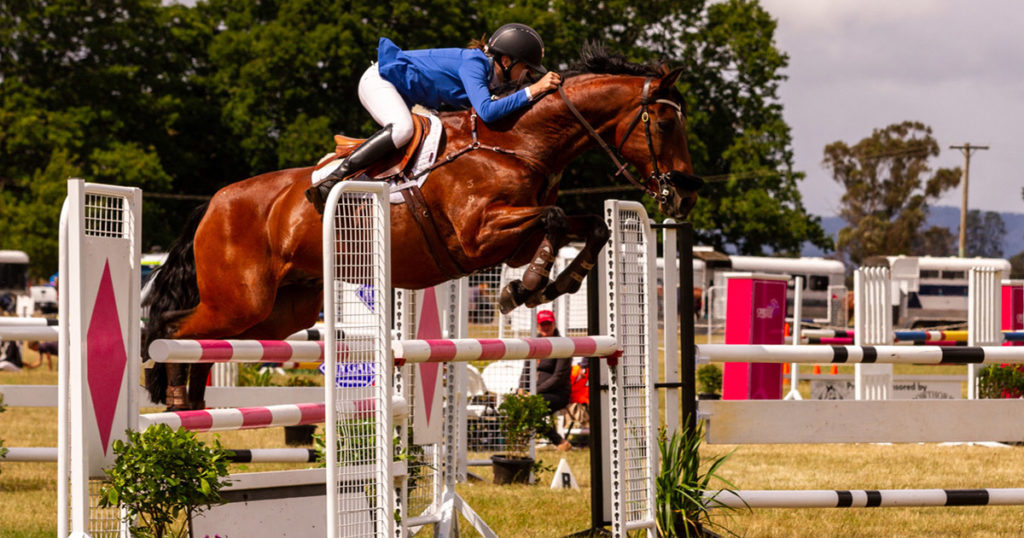As we transition from early autumn/fall and get closer to winter, the conversations around when to start rugging/blanketing and what rug(s) to put on your horse or pony are commonplace.
Firstly, it’s important to remember that all horses should be treated as individuals, and it can be easy to be influenced by what others are doing or saying (both in person and/or on social media!). The following points, however, are really important to keep in mind when making your decision.
Horses and ponies don’t quite feel the cold like you and I do: just because we are reaching for jackets and warmer layers, doesn’t mean our equines need rugging.
Horses and ponies can comfortably tolerate a wide range of temperatures: The thermoneutral zone (TNZ) for horses is the range of temperatures in which a horse or pony maintains its body temperature with little or no energy expenditure. The TNZ for horses and ponies is within a range of 5-25 degrees Celsius (41-77 degrees Fahrenheit).
The TNZ is one important consideration, but in many cases, horses and ponies can safely and easily keep warm in much, much lower temperatures. As low as -15 degrees Celsius (5 degrees Fahrenheit)!
Horses and ponies have several natural ways to keep warm in cold weather. One important aspect is the way we feed them. To read more see the article: Feeding horses and ponies in cold weather. The way they position their bodies in the weather also helps them to keep warm. To read more about this visit Why do horses and ponies turn their backs to the cold during inclement weather? Another healthy mechanism is increasing their metabolic rate. This is especially important for the fat/well-rounded/ ‘good doers’, particularly those with or at risk of insulin resistance (IR), laminitis and equine metabolic syndrome (EMS). By leaving these horses and ponies unrugged, they burn extra calories to safely and easily keep warm.
Taking advantage of this is one really critical strategy in stopping horses and ponies from getting too fat coming into spring. It is one easily modifiable tool in helping to reduce the risk of EMS, IR and laminitis. If we rug our horses and ponies, they don’t get the advantage of increasing their metabolism. This means, coming into spring (a time when good doers are more at risk of laminitis and EMS) and when high-energy grass is plentiful, they’re carrying more fat and body weight than nature intended, thereby increasing their risk and making management much more difficult.
In the case of metabolic conditions in horses and ponies, simple modifiable management strategies can have a significant impact on their long-term health outcomes.

Camilla Whishaw is a highly regarded, experienced horsewoman and naturopath, helping to holistically treat and manage a broad range of equine health conditions and injuries, with a passion for mare and stallion fertility.
As a world-renowned practitioner, presenter, author, and consultant in the field of Equine Naturopathy, Camilla shares her knowledge through keynote presentations, interviews, lectures, panel sessions, and workshop training.





